Are bat houses a good idea?
Insectivorous bats are capable of eating up to their own body weight in insect pests each night, helping to keep your yard free of a variety of pesky insects including mosquitoes. These same “pest control services” also help keep a multitude of crops healthy by eating the insects that feed on them. By limiting insect damage to crops, and decreasing the amount of pesticides farmers must use to keep crops healthy, scientists have estimated that bats are worth more than $3.7 billion a year to the agriculture industry alone. Bats also join birds, bees, and butterflies on the list of pollinators, pollinating hundreds of plants across the world and accounting for a number of the many foods we enjoy. In fact, bats are considered a “keystone species” in certain tropical and desert ecosystems where their pollinating and seed-dispersing activities are essential to the continuation of the food supply so many other animals depend on.
Bats reproduce slowly, with females of most species giving birth to just one pup each year. Therefore, population recovery from any serious losses can be painfully slow and it is difficult to identify significant declines in the species until the situation has become dire. In North America, over 5.7 million bats have been killed by a disease called White-nose Syndrome (WNS). First spotted in a cave in Upstate New York back in 2006, this disease has since spread at a staggering rate. Scientists have predicted that the little brown bat (Myotis lucifugus), once extremely common, will be reduced to just 1% of its population numbers by 2030 without serious intervention and protection. Altogether there are currently 9 species of bat in North America alone that have been identified with diagnostic symptoms of White Nose Syndrome.
*Confirmed: Bat species identified with diagnostic symptoms of WNS in North America:
- Big brown bat (Eptesicus fuscus) (Blehert et al. 2009)
- Eastern small-footed bat (Myotis leibii)
- Gray bat (Myotis grisescens) *endangered
- Indiana bat (Myotis sodalis) *endangered
- Little brown bat (Myotis lucifugus) (Blehert et al. 2009)
- Northern long-eared bat (Myotis septentrionalis) (Blehert et al. 2009)*threatened
- Tricolored bat (Perimyotis subflavus) (Blehert et al. 2009)
- Cave bat (Myotis velifer)
- Townsend's big-eared bat (Corynorhinus townsendii)
(*whitenosesyndrome.org)
Do bats really use bat houses?
One of the easiest things you can do immediately to help the struggling bat population is to install a suitable home for them in your yard. Bat houses can be installed on a building or on a post. While research suggests that bat attractants and lures will not attract bats, there are several factors that will certainly help. One such factor is a suitable location - houses installed on buildings or poles have a much higher occupancy rate than those installed on trees. Planting a bat garden can also help to ensure that bats have the proper environment to thrive. Possibly the biggest attractant for bat occupancy are well-designed and well-constructed bat houses.
What else can I do to help the bat population?
In addition to installing a house, below is a list of what you can do to help. For this list and additional information on WNS, visit www.whitenosesyndrome.org .
- Stay out of caves and mines where bats are known - or suspected - to hibernate in all states.
- Honor cave closures and gated caves.
- Take a look at 'Human Spread of White-Nose Syndrome: Why Decontamination is Important' poster.
- Stay out of all hibernation sites when bats are hibernating (winter).
- Report unusual bat behavior to your state natural resource agency, including bats flying during the day when they should be hibernating (December through March) and bats roosting in sunlight on the outside of structures. More difficult to tell is unusual behavior when bats are not hibernating (April through September); however, bats roosting in the sunlight or flying in the middle of the day is unusual. Bats unable to fly or struggling to get off the ground is also unusual.
- Reduce disturbance to natural bat habitats around your home (e.g., reduce outdoor lighting, minimize tree clearing, protect streams and wetlands).
- If bats are in your home and you don't want them there, work with your local natural resource agency to exclude or remove them without hurting them after the end of the maternity season (see below for more information). The best time to exclude bats is when they aren’t in your home.
- Visit websites for organizations like Bat Conservation International
- Attend educational programs or events celebrating bats, e.g.,
- Indiana Bat Festival
- Bat Fest, Austin, Texas
- Some states and organizations sponsor bat emergence counts or other activities. Contact your state natural resource agency or local conservation groups for opportunities.






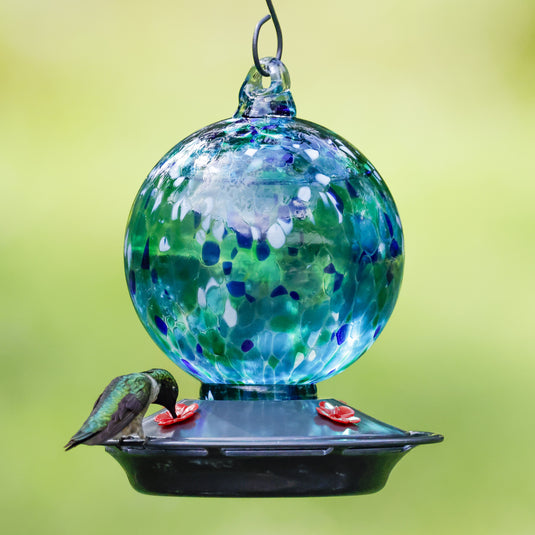
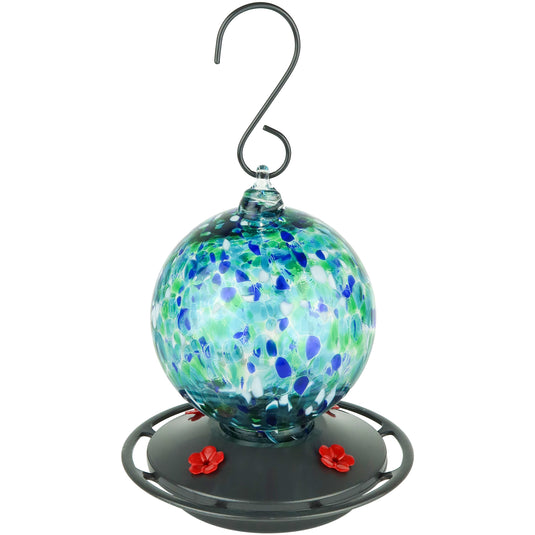


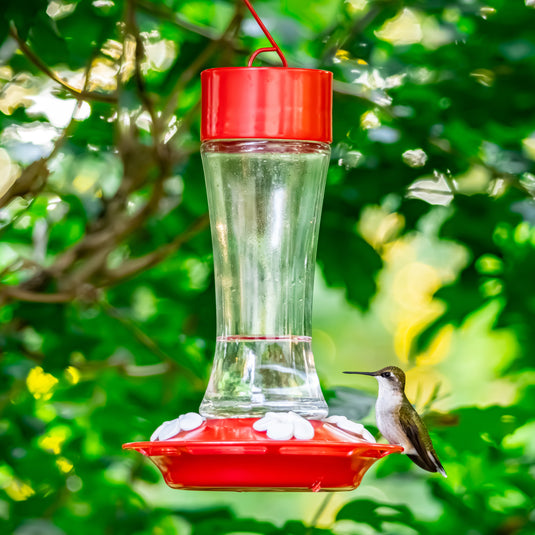
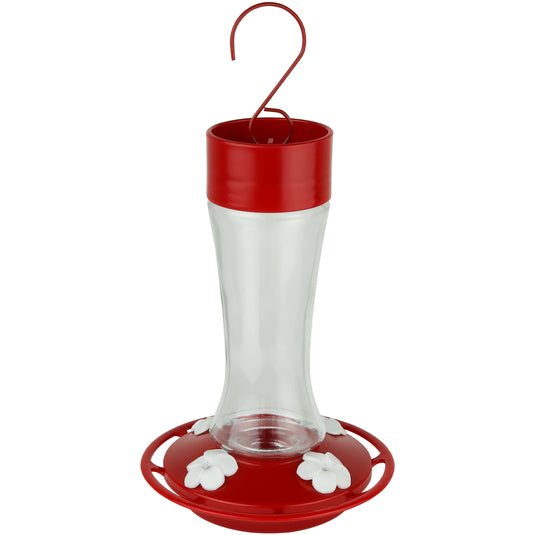
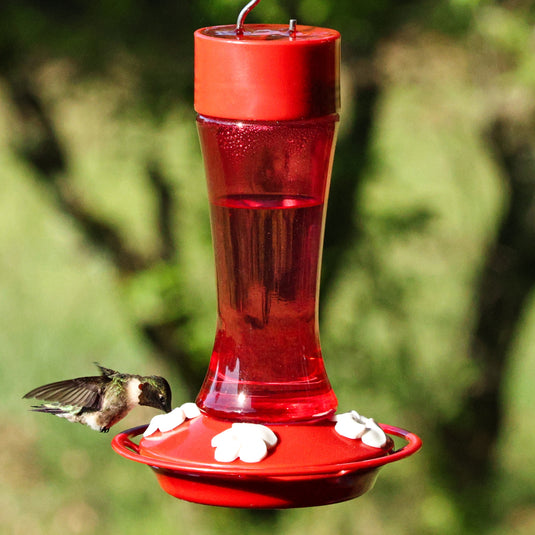
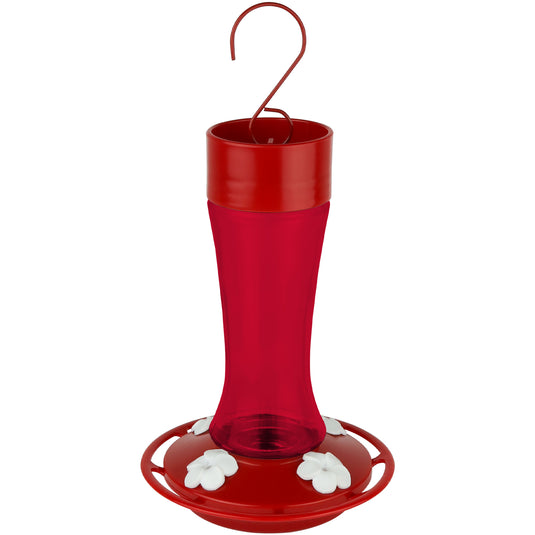
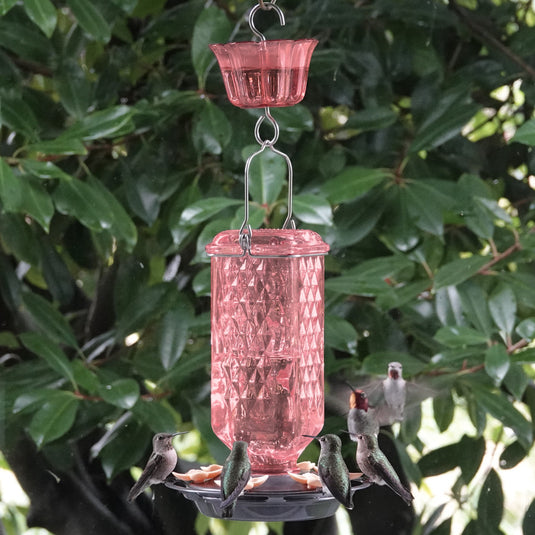
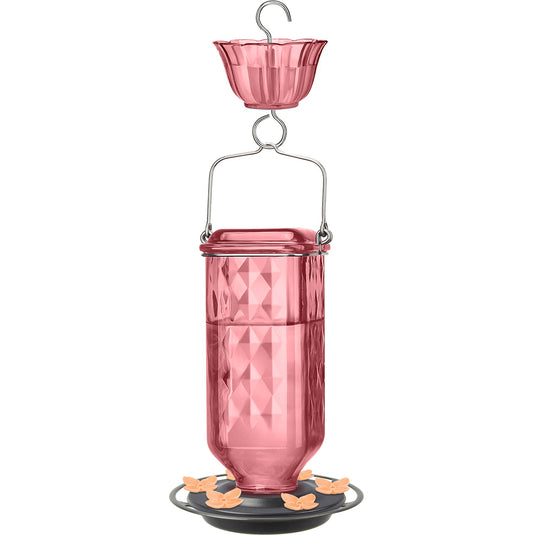
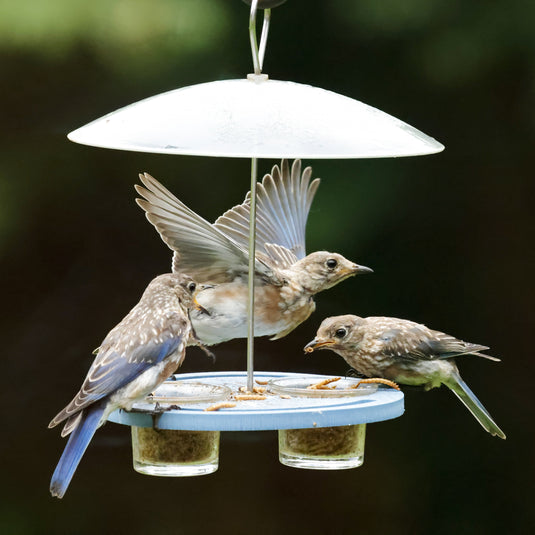
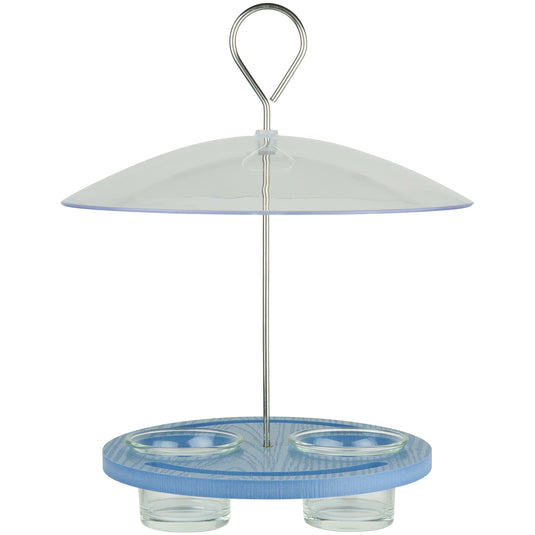
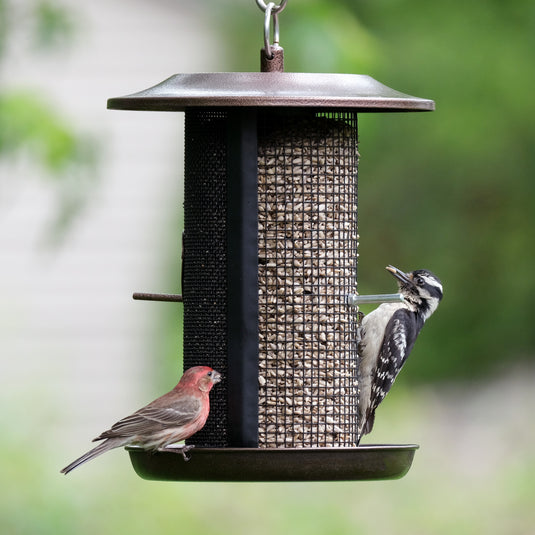
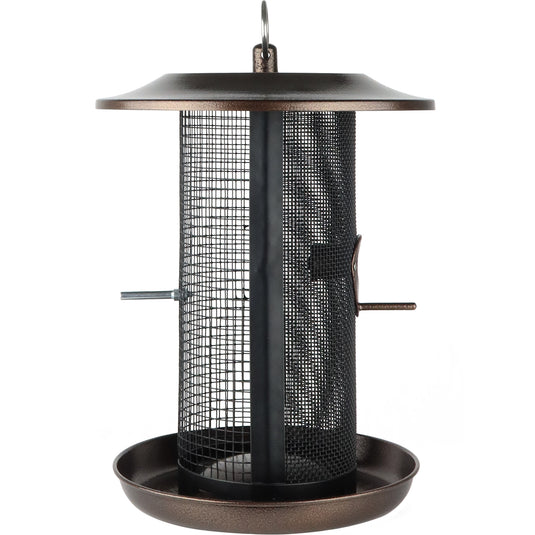
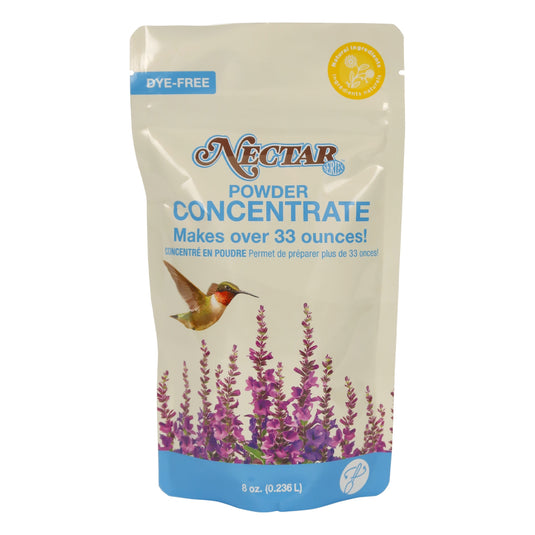
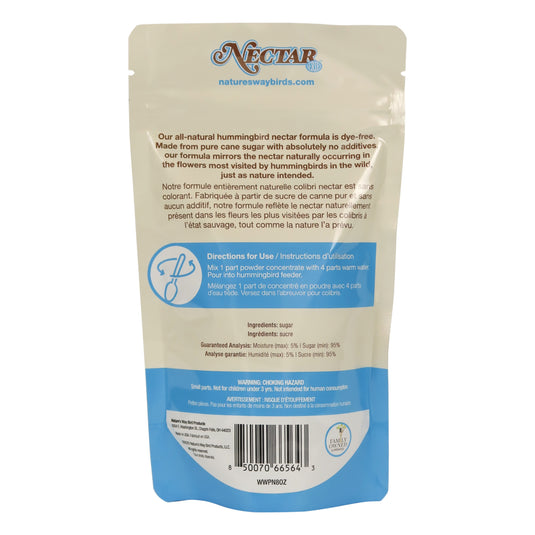
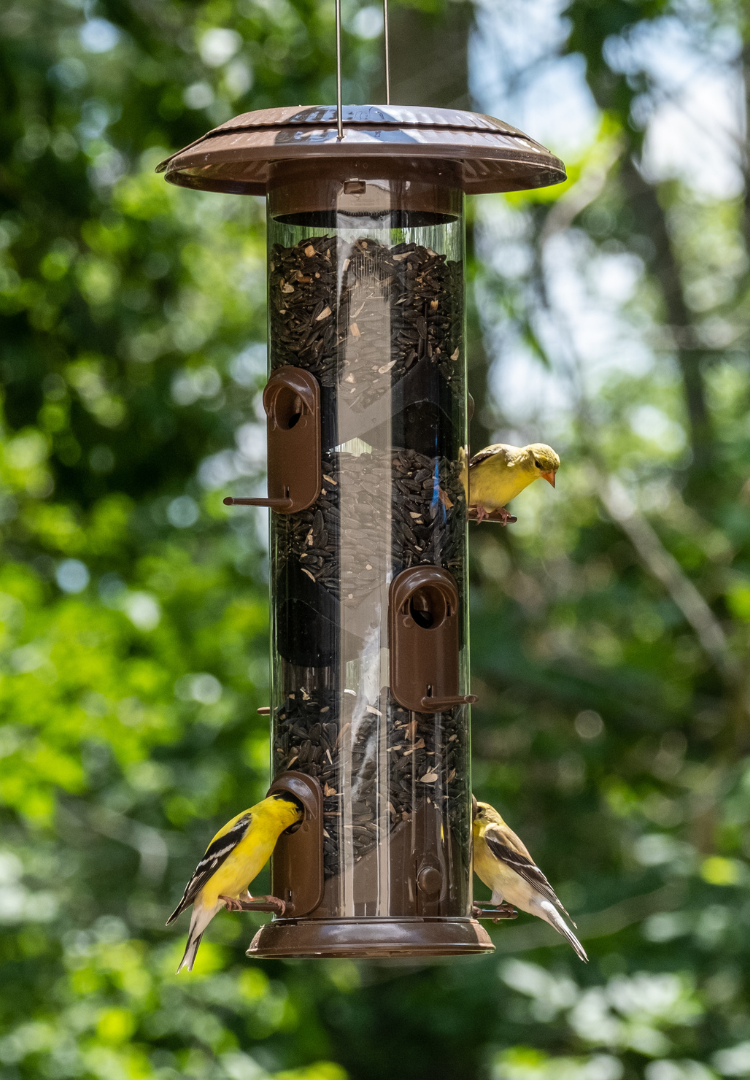
Hi Rory,
Thanks for reaching out to Nature’s Way! You can compare the features of both our bat houses on each web page (under Products/Houses) to see which best suits your needs and location. All the best!
What bat house would you recommend?
Rory